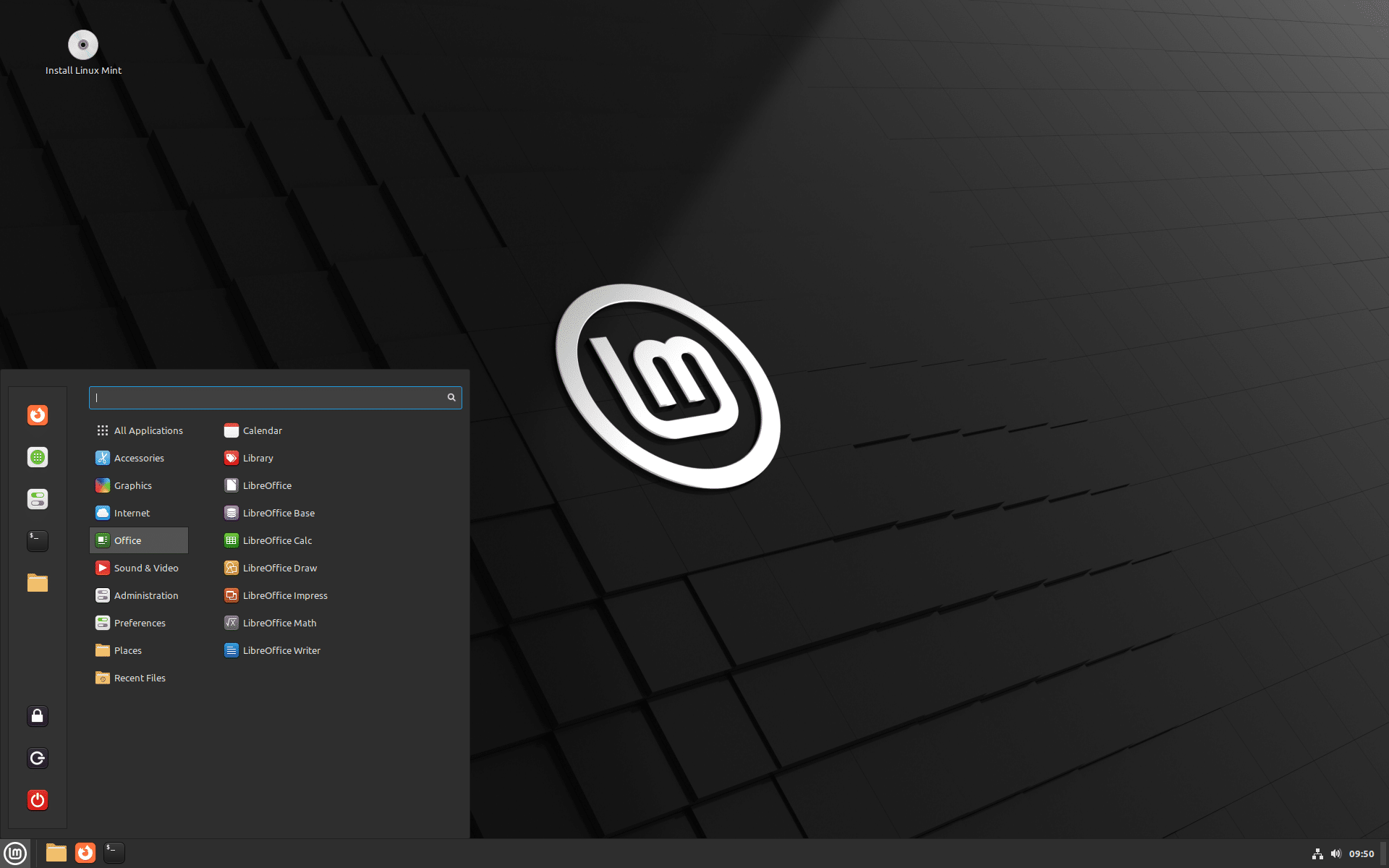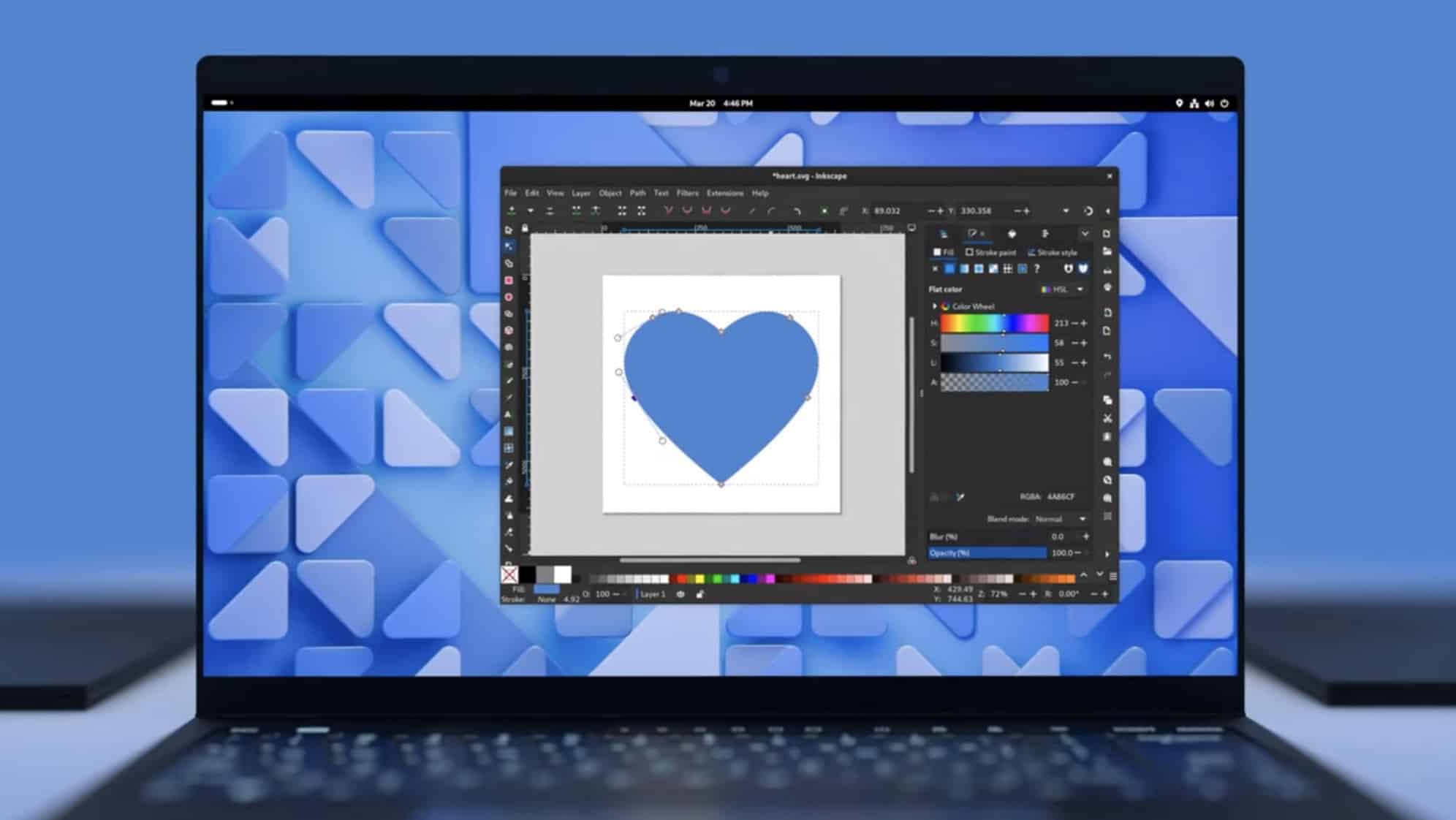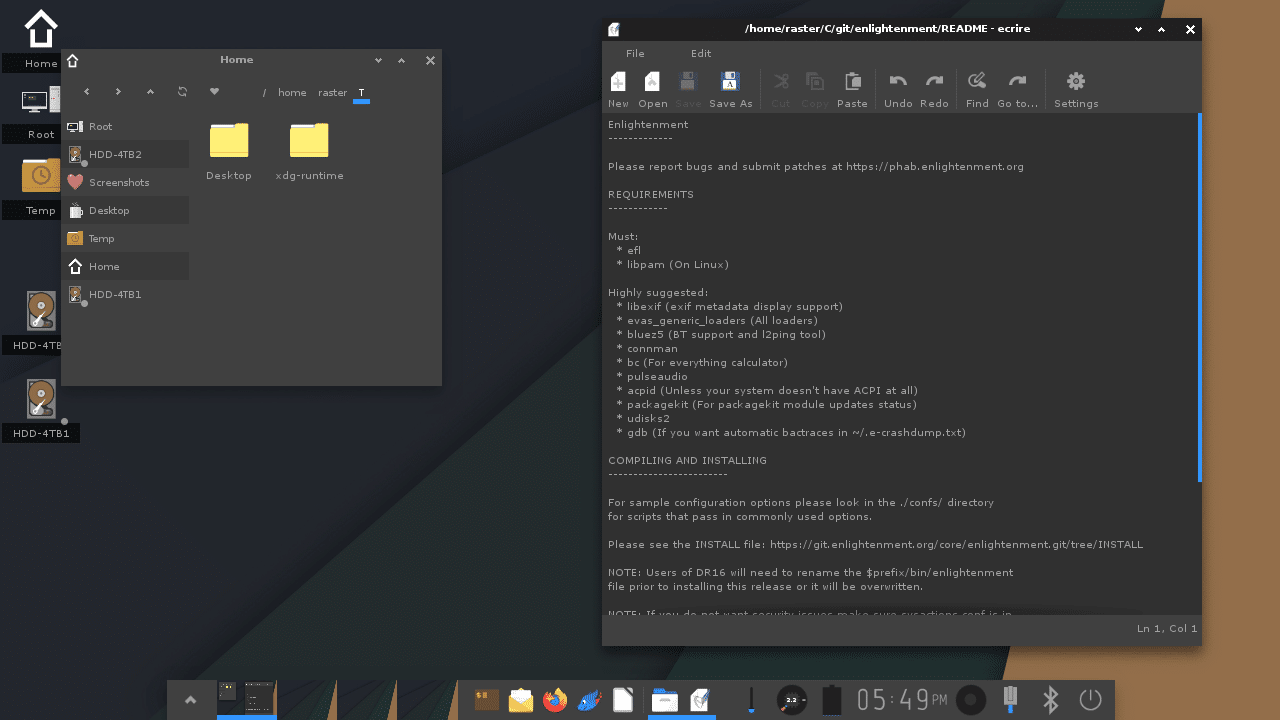
Waiting for Microsoft Windows 12 is a mistake when you can upgrade to Linux today
The tech world is full of rumors about Windows 12, the supposed savior of Microsoft’s operating system lineup. The company has been tight-lipped about details, but leaks suggest it’s aiming to be a more cloud-focused, AI-driven operating system. That all sounds fancy, but here’s the truth -- waiting for Windows 12 might not be the smart play. If you’re tired of the bloat, the constant updates, and the never-ending resource demands, there’s an alternative you can embrace today: Linux.
Microsoft has spent years refining Windows, but with every iteration, it seems to get heavier, slower, and, frankly, more intrusive. Windows 12 promises new features like AI enhancements and tighter cloud integration, but do you really need an AI telling you how to use your PC? For most users, these features feel like unnecessary fluff rather than meaningful improvements. Instead of waiting for an operating system that may or may not meet your needs, you could switch to Linux -- a free, lightweight, and privacy-respecting solution that puts you in control.

Switching from Microsoft Windows 11 to Linux is like Columbus discovering America
Switching to Linux is like Christopher Columbus discovering America -- but in ways both good and bad. Just as Columbus set sail for uncharted waters in search of something new, users moving from Windows or macOS to Linux are venturing into unfamiliar territory, leaving behind a world they’ve known for something potentially better. However, much like the story of Columbus, this transition can come with its complexities -- and some parallels are worth exploring, including the relationship between Columbus and the Native Americans.
At first glance, making the switch to Linux might seem like entering a brand new land. The user interfaces, package managers, and the open-source philosophy can feel as different as the Americas were to Columbus. For someone who has spent years navigating Windows or macOS, things like the Linux terminal or alternative software solutions might feel like a foreign language. Instead of the Start menu, you’re greeted with new desktop environments like GNOME, KDE, or Xfce. It can feel daunting, much like Columbus’s sailors must have felt when they lost sight of the European coast.

GNOME 47 Denver transforms the Linux desktop with new features and improved performance
The latest version of the GNOME desktop environment, GNOME 47, is now available, introducing several enhancements and user-focused improvements. This release, nicknamed “Denver,” honors the organizers of GUADEC 2024 and represents six months of dedicated work by the GNOME community.
One of the standout features in GNOME 47 is the addition of accent colors, allowing users to customize the blue interface with a range of alternative hues. Another key enhancement is better support for lower-resolution screens, ensuring that app icons and UI elements are more visible and easier to interact with. GNOME 47 also introduces hardware encoding for screen recording, optimizing performance on Intel and AMD GPUs, and making it easier to capture screencasts without impacting system responsiveness.

Linux desktop environment Cinnamon 6.4 aims to fix its outdated look with a fresh default theme
Linux Mint has long been praised for its user-friendly design, with the Cinnamon desktop being a core feature. However, Cinnamon's look outside the Mint distro often leaves users unimpressed. In many distributions, Cinnamon’s default visual style feels outdated and unrefined, giving the impression that its aesthetics have been neglected.
Part of the reason for this is Mint’s focus on the Mint-Y theme, which brings a more polished and modern appearance to the desktop. The default Cinnamon theme, however, is largely left untouched, serving as a fallback option for troubleshooting. With little attention from theme developers, this results in a less-than-appealing experience for users of other distributions that don’t implement Mint-Y.

Manjaro 24.0 Wynsdey packs a punch for Microsoft Windows 11 users switching to Linux
The Manjaro team has announced the release of Manjaro 24.0, codenamed "Wynsdey," which introduces significant updates across its KDE Plasma, GNOME, and XFCE editions.
For those considering a switch from Microsoft Windows 11, Manjaro 24.0 offers compelling reasons to embrace Linux, enhancing both functionality and user experience.

GNOME 46 Kathmandu: Elevating the Linux desktop environment with new features and enhancements
The GNOME project has announced the release of GNOME 46, codenamed “Kathmandu.” This latest version of the Linux desktop environment brings a host of enhancements and new features. There are even five new apps: Letterpress, Switcheroo, Decibels, Fretboard, and Railway.
The Files app has received significant updates, including improved feedback for long-running file operations, a dynamic progress section, and instant switching between list and grid views. Other improvements include searchable preferences, detailed date and time display, quick access to the location entry, and better network discovery.

Enlightenment 0.26.0 Linux desktop environment released -- enhanced stability and new features
The latest version of Enlightenment, 0.26.0, has arrived, bringing a slew of improvements and new features to this popular Linux desktop environment. This release emphasizes on squashing numerous minor bugs, enhancing user experience, and introducing some experimental features.
A key highlight of this update is the extensive list of minor bug fixes, which can be viewed in the detailed git log. Developers have focused on ensuring a more stable and reliable experience for users, addressing various glitches and issues reported in previous versions.
